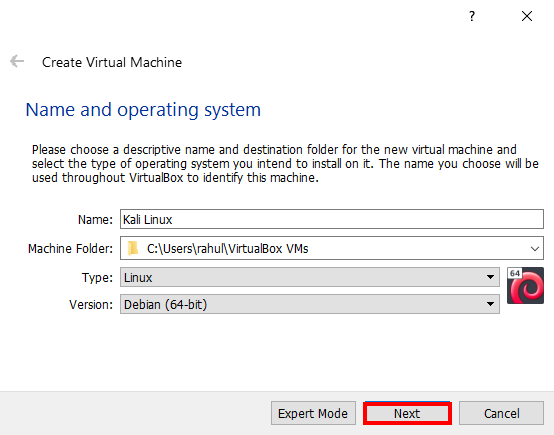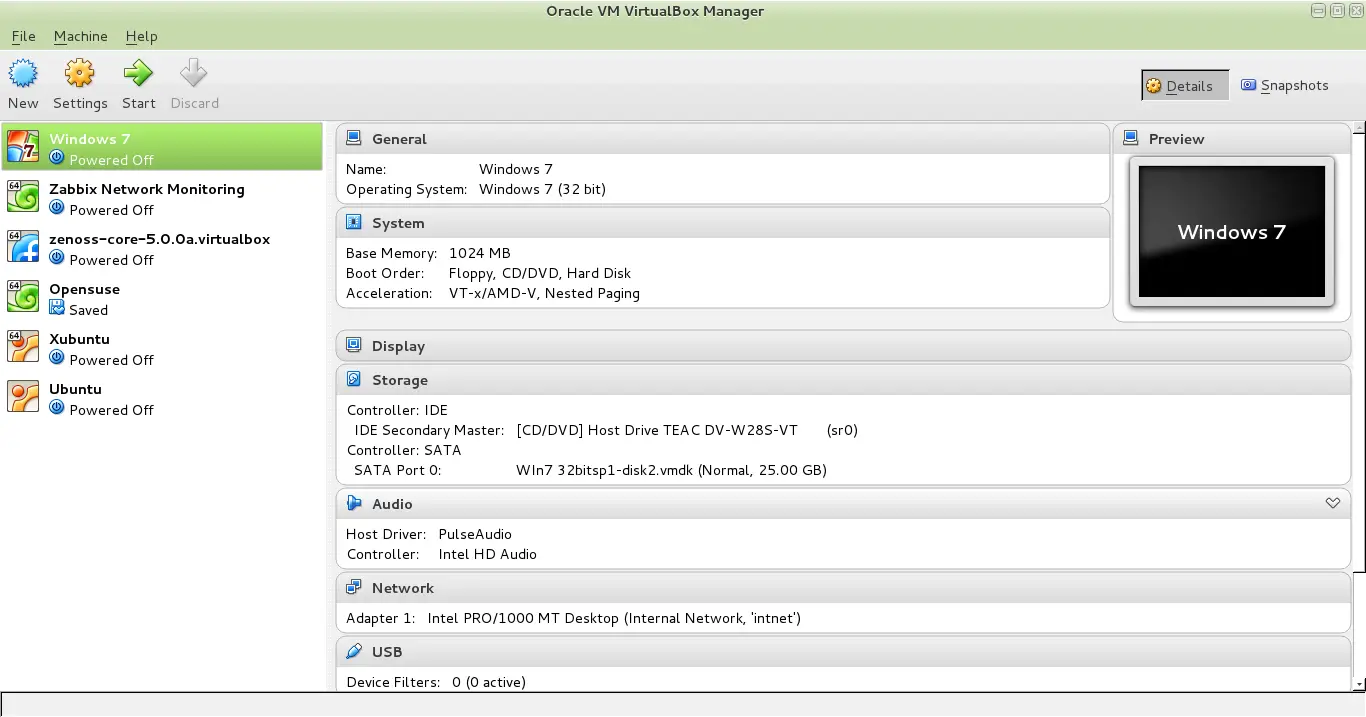
- #Kali linux virtualbox how to#
- #Kali linux virtualbox iso#
- #Kali linux virtualbox download#
- #Kali linux virtualbox windows#
It is recommended that you store virtual disk files in the VM folder (such folder is selected by default). Set the virtual disk file location, for example C:\Virtual\VirtualBox\Kali_圆Kali_圆4.vdi Hit Create to continue and configure a new virtual hard disk. Hard disk: Create a virtual hard disk now. In the current example, a host machine with 16 GB of RAM is used, which provides enough memory left for a host OS. The VM memory size must be large enough to run a guest OS, though you should leave enough unallocated memory to run your host OS. Try not to use a system partition to store VMs). Machine Folder: C:\Virtual\VirtualBox (This path is used only for demo purpose. Open VirtualBox and create a new VM ( Machine > New or Ctrl+N) on which Kali Linux will be installed. Once you have downloaded the installation image, you can create a new VM. You can also verify the SHA256 check sum to make sure that your image is consistent after finishing downloading.
#Kali linux virtualbox iso#
Save the ISO file to a custom folder, for example, C:\VirtualBox\.
#Kali linux virtualbox download#
You can download images via HTTP and Torrent protocols. Let’s download Kali Linux 64-bit v.2019.2 – this distribution has Gnome as a graphical user interface (GUI). There are multiple 32-bit and 64-bit images that have different graphical user interfaces (Gnome, KDE, XFCE, LXDE etc.). Downloading the Installation Image of Kali Linuxįirst, go to the official web site and download the ISO image of Kali Linux. The installation algorithm is similar as that for installing Ubuntu on VirtualBox.
#Kali linux virtualbox how to#
If you wish to know how to install Kali Linux on VirtualBox on Mac, don’t worry – the installation principle is the same, due to the universality and multiplatform nature of VirtualBox.
#Kali linux virtualbox windows#
In the today’s blog post, you will learn how to install Kali Linux on VirtualBox on Windows 10. Please install VirtualBox Extension Pack on your host machine to use some advanced features such as USB pass-through. Make sure that VirtualBox is installed on your host operating system before continuing, using the latest VirtualBox version if possible. You can attach physical USB devices, such as external network adapters directly to a VM due to the VirtualBox USB pass-through feature.You can copy a configured VM on which Kali Linux is installed to other computers.The risk of harm to Kali Linux on a VM is minimal as a result. You can take a snapshot and roll back to the previous VM state if something goes wrong.A VM running Kali Linux is isolated from your host OS - running Kali on a VM in an isolated environment is secure.By running multiple operating systems simultaneously (a host OS and a guest OS or multiple guests), you don’t need to reboot a computer as when using dual boot.The advantages of installing Kali Linux on VirtualBox are:

Today’s blog post explores how to install Kali Linux on VirtualBox as a virtual machine (VM). In this situation, virtual machines can be of great help. At the same time, when using Kali Live DVD, settings are not saved after a system reboot. However, it is not recommended that you use Kali as a general purpose desktop operating system. Kali can be run as a Live DVD, and can be installed on a computer as a host operating system (OS) as any other Linux. Kali Linux, formerly known as BackTrack Linux, includes a lot of tools and applications for network audits. Kali Linux is a Debian-based Linux distribution developed for penetration testing, and is especially useful for security specialists and enthusiasts. If the VM's performance isn't adequate & can't be improved, you may want to resort to dual-boot - but keep in mind that this is a risk to your system & the data on it.By Michael Bose How to Install Kali Linux on VirtualBox: Complete Walkthrough In your case, I don't know if the system resources will suffice, so I'd suggest you start with a VM & see how it performs, & try tweaking it as needed.

More security for host data host, as the VM can't access it unless you share it or vulnerabilities are exploited.Better isolation between your host and VM, so that the former isn't impacted by the latter.Possibility of not being able to use some of the hosting system's hardware features, as they may not be supported by the Virtualization platform.Requirement to have a virtualization solution (VMware, VirtualBox, etc.) on the host, which will also use a small portion of resources.



 0 kommentar(er)
0 kommentar(er)
